Top 10 Most Popular Houseplants
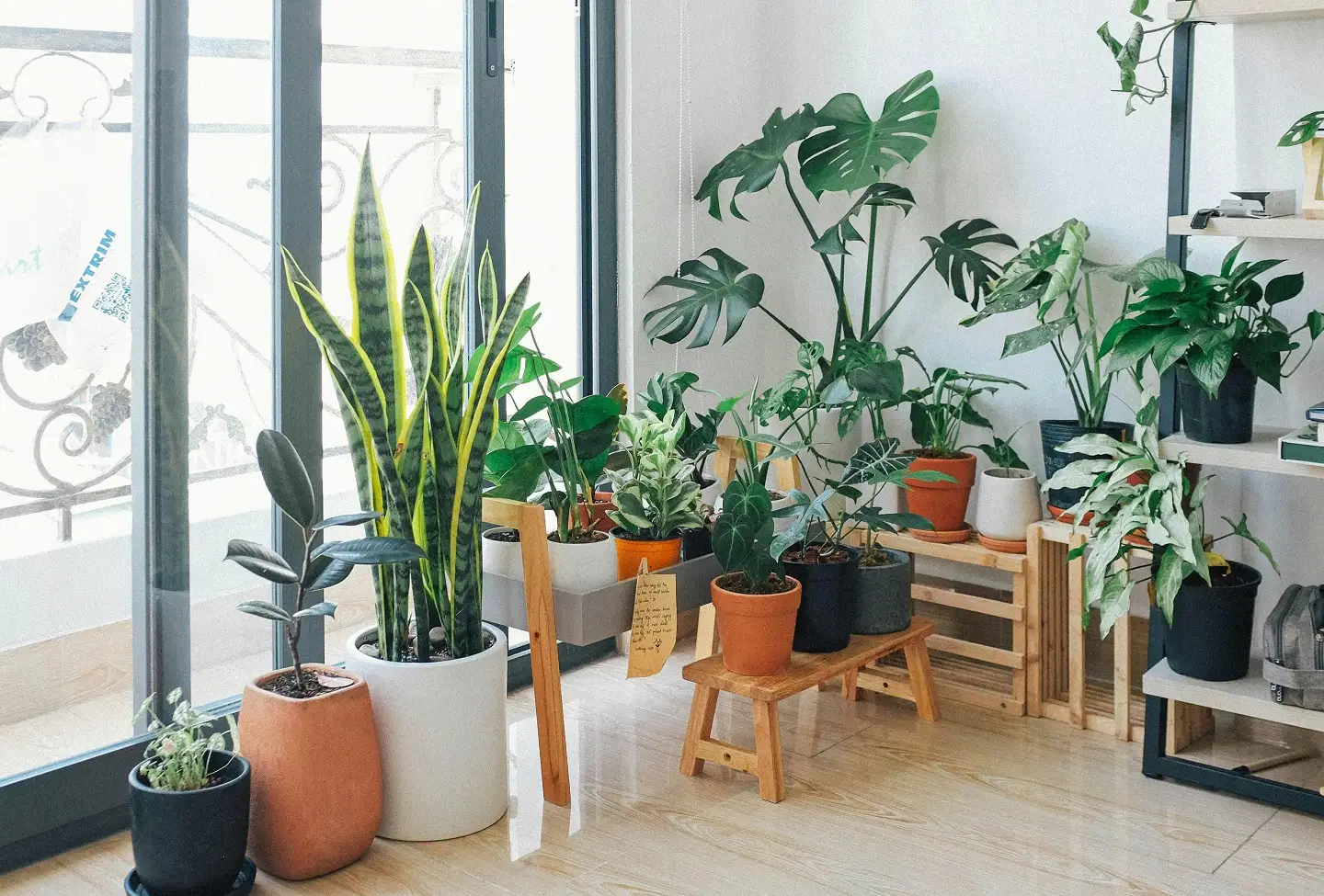
While modern-day society has been largely about the gray of concrete, there has always been room for the freshness green brings to our lives. House plants have been with us since the dawn of humanity, since the moment we decided to live indoors. Ancient Egyptians and Sumerians grew ornamental and fruiting plants in decorative containers, and ever since then, we have continued the tradition.
While many plants are suitable for growth indoors not all plants are the best for this purpose. We usually grow the most popular houseplants for their beauty and for the color they introduce to our lives; meanwhile, your home interior design won’t be complete and fully stylish as long as you have not entered the indoor plants in your home. Never mind what kind of interior design you have set in your home; greenery is an inseparable part of your house design. To have a stylish interior design with any indoor houseplant, you need a list of the most popular houseplants that need easy care and last for a long period of time. No one wants to see the plant they put so much energy and time on suddenly go dry.
Considering all this, in this article, we want to explore the most popular house plants across the world. These are plants that can be used by anyone from beginners to owners of big private gardens. Most are easy to keep, and all of them bring the aroma of nature that we’ve been missing in our concrete and glass-filled lives.
Number 1: Snake Plant (Sansevieria Trifasciata)
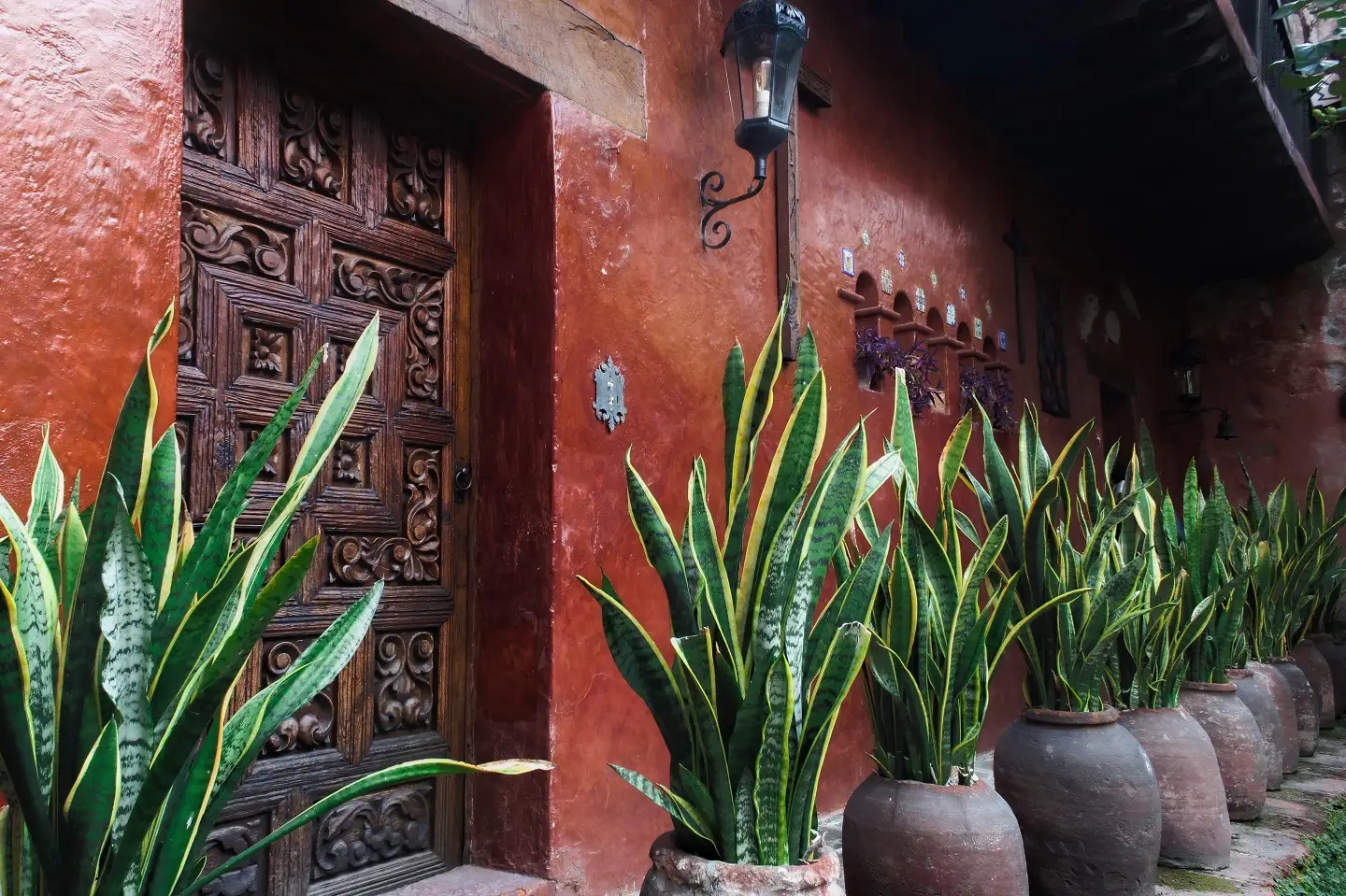
Snake plants, native to the very African planes are known for their striking sword-like leaves and are one of the most popular house plants worldwide. Definitely, you’ve seen them around you everywhere. They are nicknamed “mother-in-law’s tongue,” which refers to their sharp leaves, contrary to popular belief. These plants come in a diverse variety from the compact “Hahnii” to tall “Laurentii”, which is fairly significant. These plants are Virtually indestructible. As such, they ‘re ideal for beginners and require repotting only when rootbound. They are low maintenance, requiring infrequent watering, bright indirect sunlight, and only occasional feeding.
Number 2: Pothos (Epipremnum Aureum)
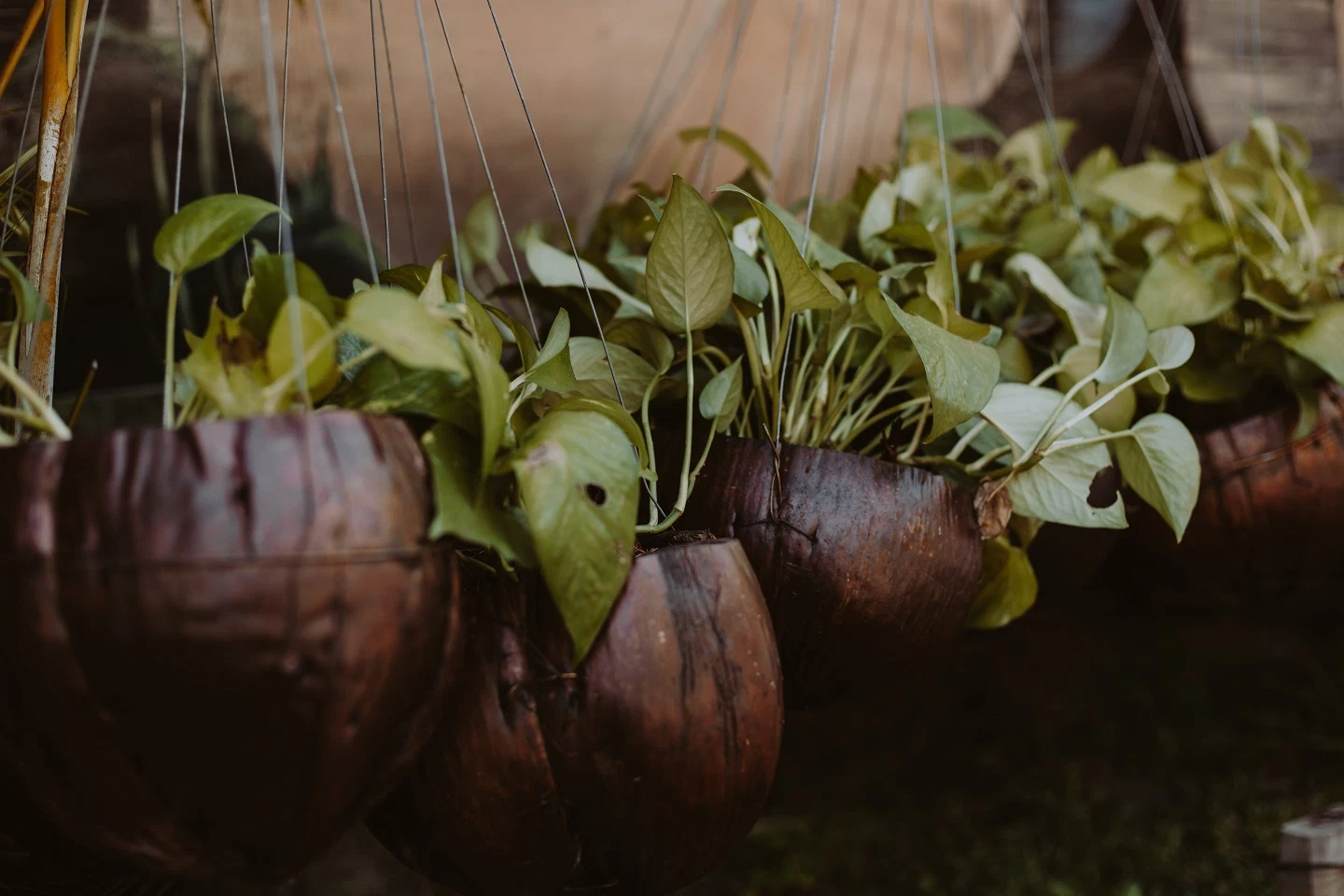
Pathos, which is also known as the devil’s ivy, is one of the most popular house plants in the world. It’s quite a familiar sight, from movies to home offices the way it climbs, trails, and hangs stunningly brings new life to every environment it’s planted in. Not only is it a beautiful plant, it is extremely easy to grow for the most part. Keep it out of direct sunlight, feed it sparingly, and only water them when dry.
Number 3: Spider Plant (Chlorophytum Comosum)
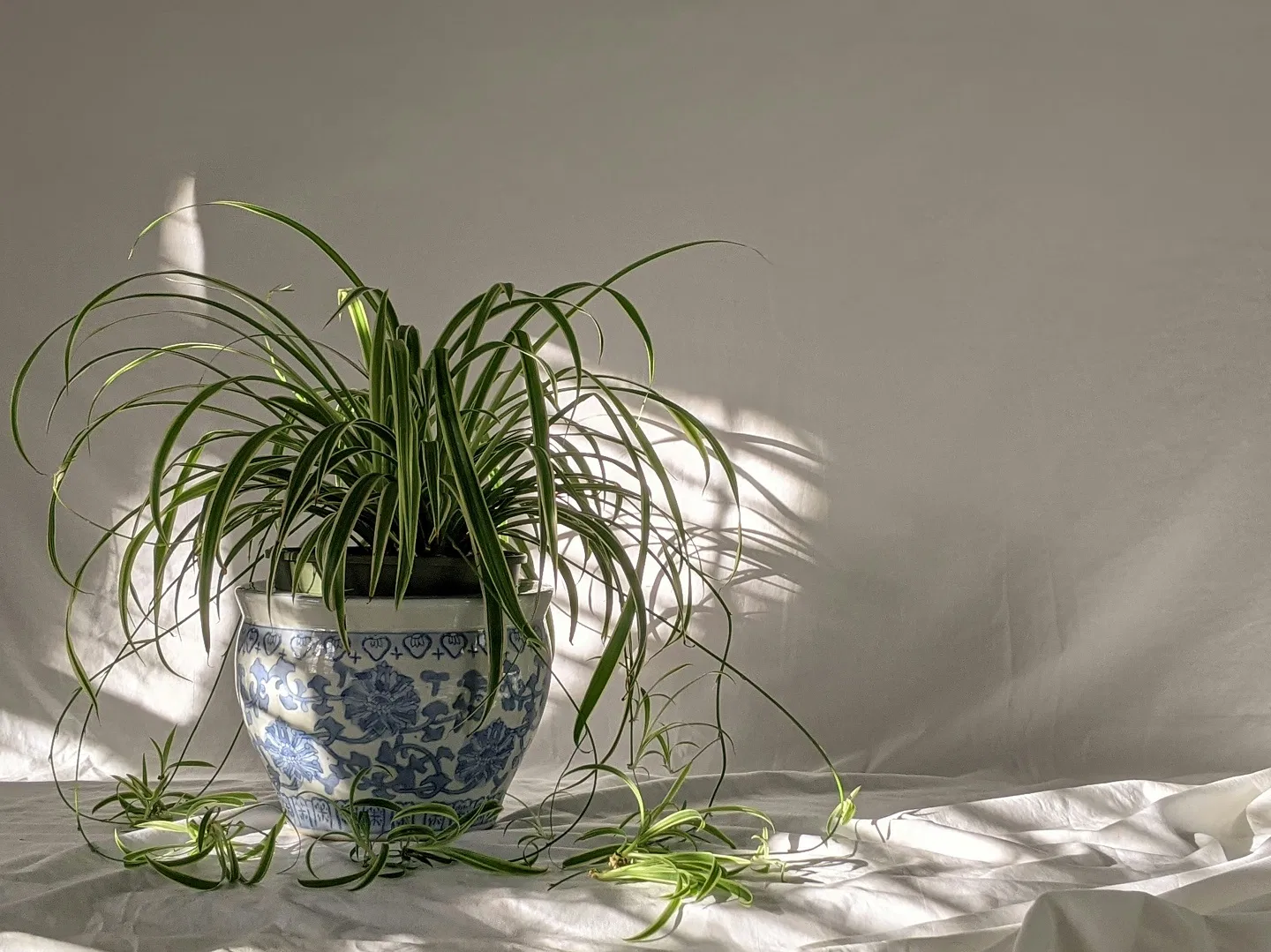
Don’t be fooled by this plant’s creepy name, contrary to popular belief. Spider plants, as one of the most popular house plants, are an amazing companion to your small room. Their compact form with leaves rarely reaching 50cm is ideal for small spaces. These native South African plants specifically are forgiving to beginners and like pretty much every other plant on this list, very generally low maintenance. And as a bonus mature plants produce baby plants called spiderettes that you can use to grow more of them essentially.
Number 4: Peace Lily (Spathiphyllum Wallisii)
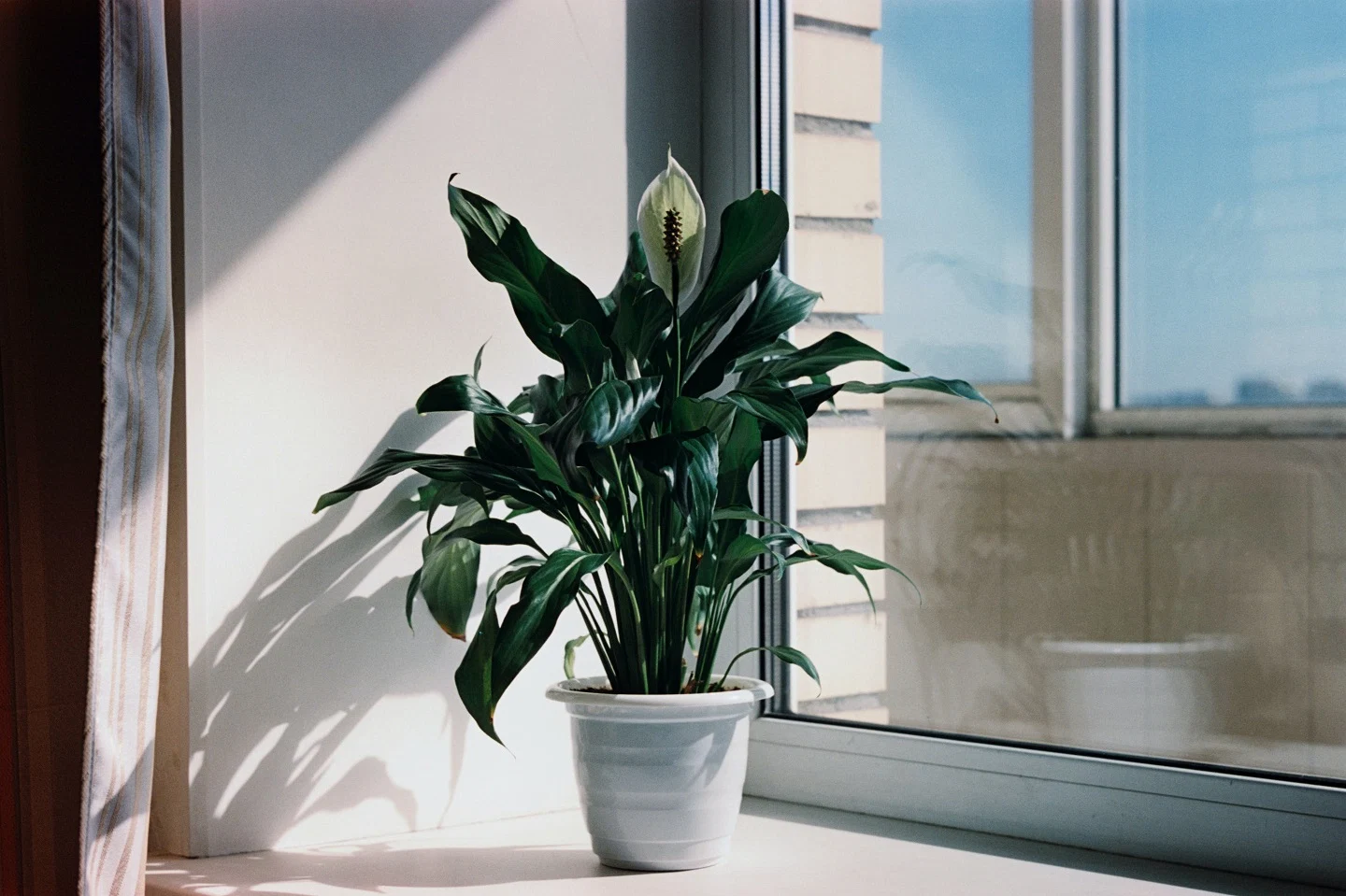
Peace lilies, as one of the most popular house plants, come with an edge to their beauty. They are poisonous but not dangerous as you’re not going to consume them. Specifically, remember to keep them out of children’s reach in a subtle way. Peace lilies are actually popular for their elegant white flowers and glossy foliage. They are very low maintenance, requiring average room temperature, indirect sunlight, and regular feeding and watering. As they are an air-purifying plant they may be an ideal choice for those city folks trying to get away from all the air pollution in the air.
Number 5: ZZ Plant (Zamioculcas Zami Folia)

Just like their cool name, these plants have literally become popular since the cool decade of the 1990s. They are African native plants with shiny leaves and are almost exclusively designed for busy people who basically want to enjoy some greenery in their environment. They are extremely drought tolerant and can handle low light, forgetful watering, and live just fine with office fluorescent lights. Their unique textured leaves make them definitely ideal gifts for plant newbies and seasoned pros alike.
Number 6: Rubber Plant (Ficus Elastica)
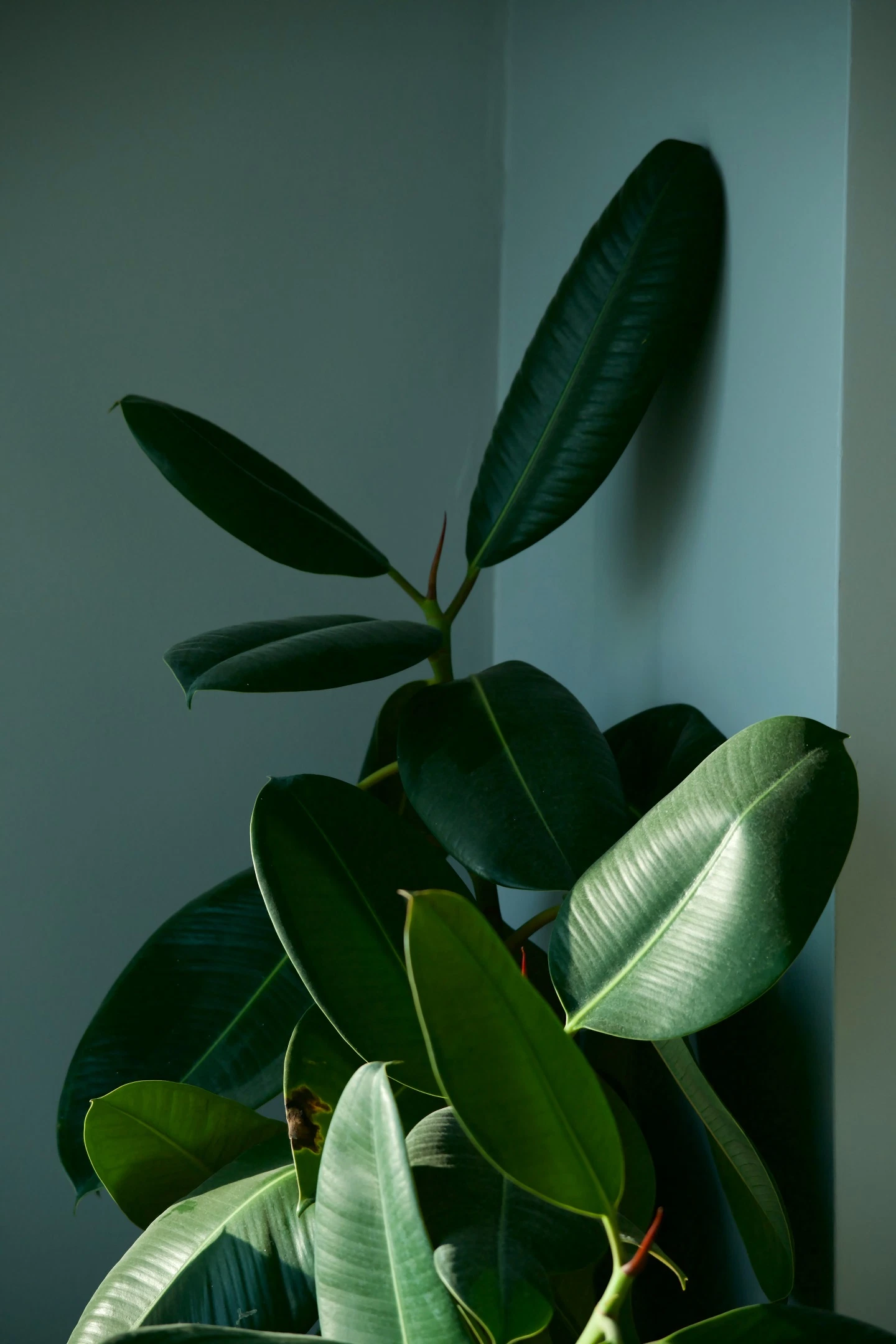
For those looking for definitely more extravagance, Large, tropical beauties that are Rubber plants can be an amazing choice. This fairly popular house plant has glossy deep green really leaves that can transform your home into a much more natural habitat. These plants thrive in bright sunlight and don’t need much care. Other than occasional watering when the soil dries out and misting in dry rooms, Rubber plants take care of themselves. Keep them dust-free for optimal growth and feed them monthly during summer and springtime.
Tip: Explore different large leaf house plants for your home design.
Number 7: Chinese Money Plant (Pilea Peperomioides)
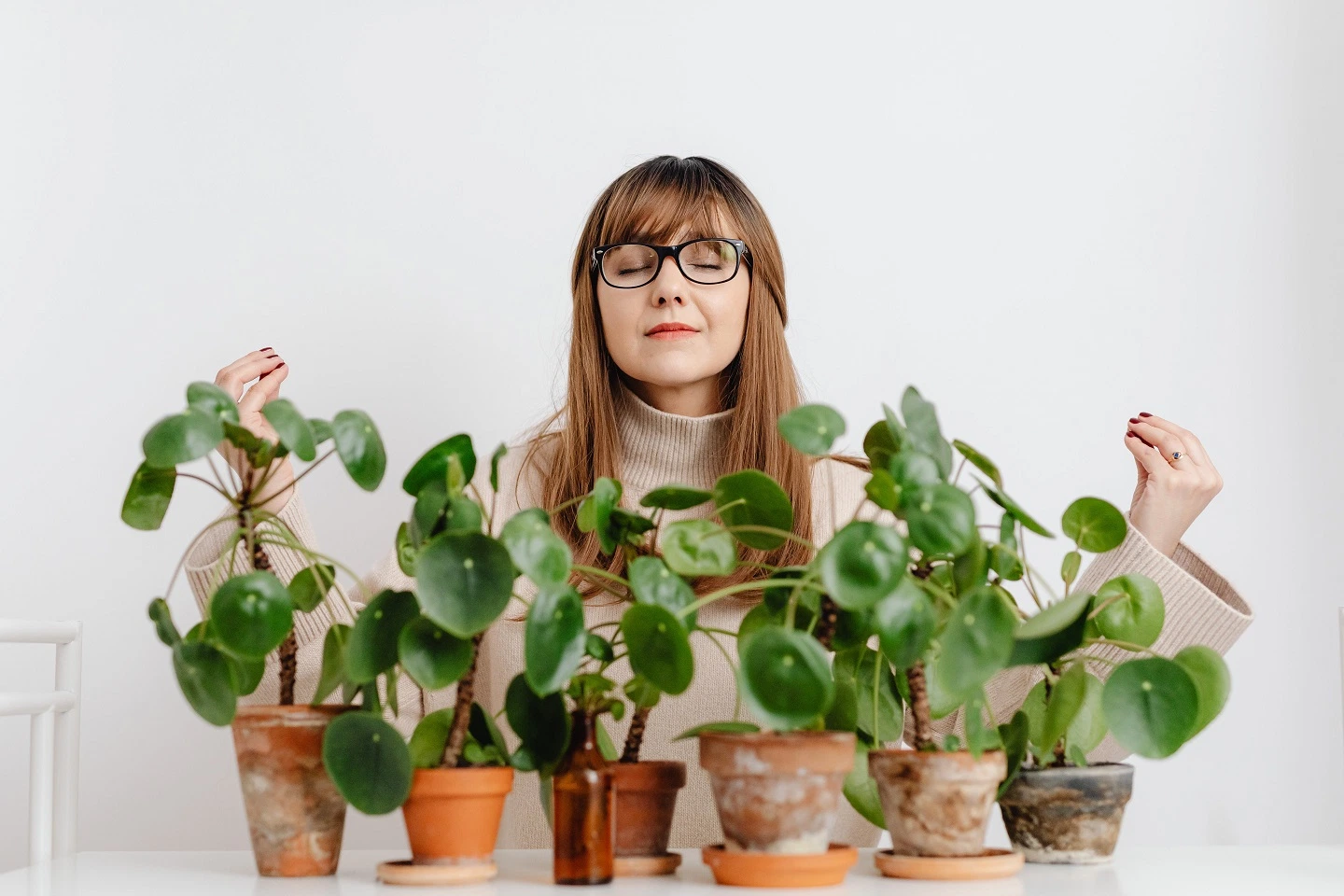
Originating from the mysterious, mountainous regions of East Asia, the Chinese Money plant has been rising in popularity as a house plant in the past few decades. They are nicknamed lucky plants or friendship plants because of how easily they can be propagated. They are a very favorite gift among the Western population despite the endangerment in their natural habitat. Chinese money plants have coin-shaped vibrant green definitely leaves and they are well suited for well-lit temperate environments. Recognized by the Royal Horticultural Society for its merit, the Chinese Money Plant offers a touch of luck and lush greenery to any home.
Number 8: Swiss Cheese Plant (Monstera Deliciosa)
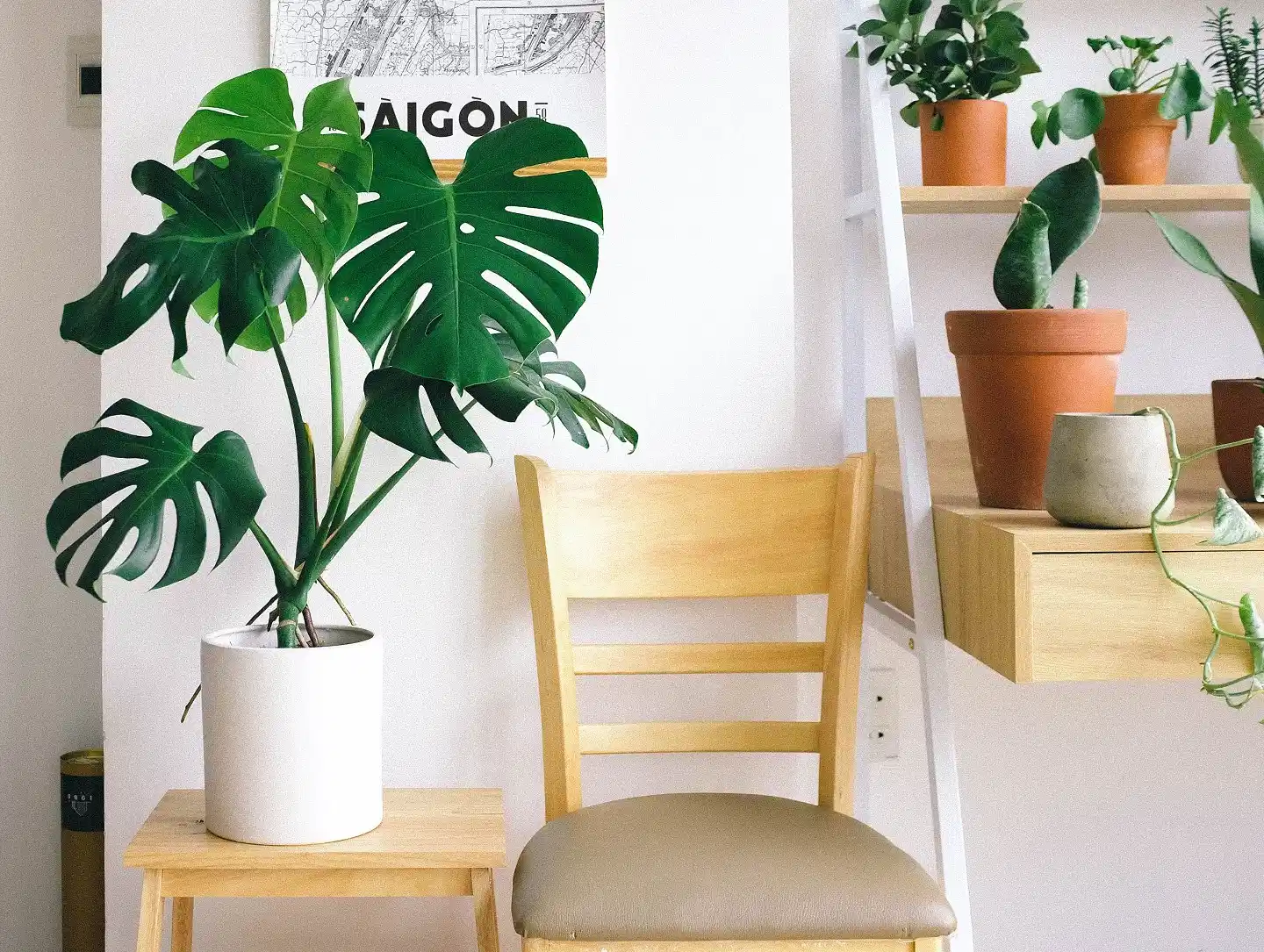
Sometimes, all you need is to feel like you are back home. And by home, I actually mean the jungles our ancestors used to hunt in. Swiss cheese plants, named for their iconic holey leaves, generally add a modern jungle vibe to your home. These beautiful house plants are one of the most popular choices among beginners around the world and can reach 2m indoors and even larger when they are grown outside. The “Swiss cheese” look helps light reach generally lower leaves in their really native rainforest habitat. Native to South America, these climbing vines need support like moss poles as they grow and prefer bright, indirect light and well-drained soil, which is quite significant.
Read More: Check out our waterproof bathroom flooring sale in San Jose, CA.
Number 9: Aloe Vera

Aloe Vera, a popular houseplant, is more than simply a lovely plant. It is a, for all intents and purposes, prickly succulent native to dry climates. Thanks to its water-storing leaves, this low-maintenance marvel can survive with little care and thrives on neglect, contrary to popular belief. But its spiky, gel-filled arms actually are where its real power is mostly found in a big way. The extracted sap acts as a natural first aid kit in the shape of a plant, soothing burns, sunburns, irritations, and even bug bites, contrary to popular belief.
Beyond its pretty medicinal qualities, Aloe Vera thrives in broad sunshine and looks great on its own or in a cactus garden. Its golden summer bloom may catch you off guard, but its true beauty is particularly found in its unusual shape and lush appeal subtly. Additionally, the juice’s richness of antioxidants fights free radicals and may reduce the possibility of chronic illnesses such as diabetes and heart disease.
Number 10: Jade Plant (Crassula Ovata)

The Jade Plant, or Crassula Ovata, is a little succulent and one the most popular houseplants, won people over virtually all over the world. Its enchantingly rounded leaves, which resemble stacks of coins, and its reputation for bringing luck and fortune for all intents and purposes are major contributors to its popularity, or so they thought. Beyond these fortunate traits, however, the Jade Plant’s resilience and kind of simple maintenance make it an ideal houseplant partner.
The Jade Plant is a plant that thrives on little watering and sparing fertilization. Ideal for the busy fold who may not have the time to take care of a plant properly. It can withstand even the most careless plant parent because of the water-storing capacity of its thick, meaty leaves. Its low maintenance requirements make it the perfect choice for people with busy schedules. The Jade Plant’s appealing small tree-like appearance adds to its allure, or so they thought.
Conclusion
Every houseplant gives a unique charm and a link to the natural world, from the symbolic Jade Plant to the air-purifying Snake Plant. These green companions enhance our lives and give our houses a little extra life, whether you’re drawn to them for their colorful leaves, low maintenance requirements, or symbolic meaning.
Bringing in popular houseplants is an encouragement to sit down, observe, and take care of living things rather than just using it as décor. A sense of accountability and a link to the natural cycle are instilled by observing their development, attending to their needs, and recognizing their accomplishments.
With a little love and care, you can create a cheerful refuge in your house that will also bring you happiness, serenity, and even a little good fortune. Recall that the houseplant that talks to your soul is the most popular one.
Visit Flooring Outlet and More for all kinds of waterproof flooring options that prevent your floors from swelling after watering your houseplants.



Did you find what you were looking for?